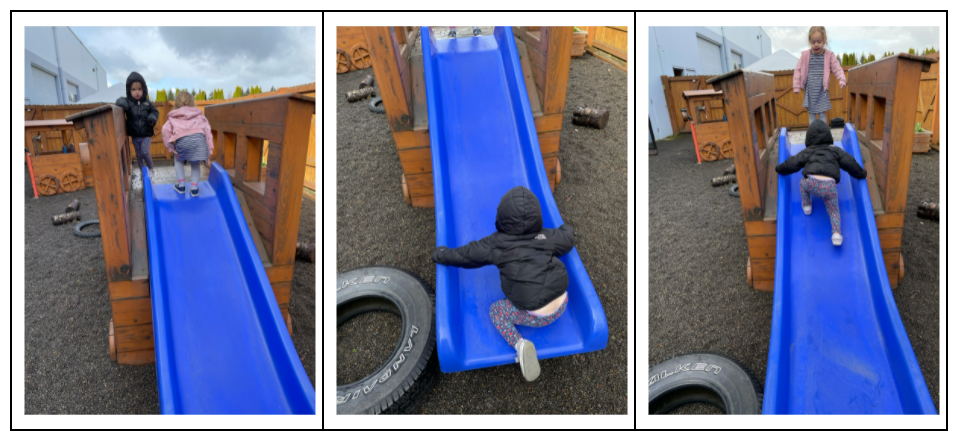How Preschool Children Learn Through Play
Children develop a variety of skills when they are given periods of uninterrupted free play. They learn skills when playing on their own; they also have many opportunities to learn from, and, teach their peers when they are in a multi-age preschool room. There are also opportunities for children to spontaneously show kindness, compassion and friendship. But one of the least talked about benefits of uninterrupted free play is the power of learning through observation. It can often be assumed that when children are on the “sidelines”, they are being shy or hesitant, unsure of how to connect. While this can certainly be the case (and the job of the Morahs to discern), this can also be one of the greatest tools for learning.
Morahs have many aspects to their work; two of the most important are: being keenly aware of what each child is doing throughout the day, and how they are progressing in all domains while at preschool. In this Blog, we’ll see 2 examples of children who have observed their friends play in the playground over many months, and have pondered and stored what they have seen and heard, pulling from that knowledge when they decide to use it. Over time, I observed both Evie K. and Lael spending significant time watching some of the older children walking up the slide, and, sometimes, running down the slide. Evie K. frequently climbed the stairs to go down the slide; I had never seen her walk up the slide. While I had observed Lael walk up the slide, I had never seen her go down by walking or running. Until…

Evie K (2 ½ at the time) had seen many children walk up the slide over her time at preschool. This particular day, she stood at the top while Kenya walked up the slide. To walk up the slide is no easy feat for a young child. It takes strength, determination, coordination, and the courage to try something new. Something “big kids do”. I watched Evie slide down the slide, turn around to face the slide, grab both sides, and begin to walk/pull herself up. Kenya cheered from the top. She yelled, “Evie K., you’re doing it!!” Evie worked hard, moving one hand and one foot at a time, as she had seen many children do, and as she had just seen Kenya do a minute before. As Evie was striving to make it to the top, Kenya reached her hand down to help pull her friend up to the flat surface.. Evie reached, and...slid all the way back down.

Without even a second of hesitation, I observed Evie turn around, put her hands on the sides of the slide, her feet on the slide, and begin to walk/pull herself up again. Kenya yelled, “You can do it! Put your hands up higher!” Evie worked and pulled and climbed until that wonderful moment...SHE HAD MADE IT TO THE TOP! Her smile says it all!

Lael (4) often climbed the stairs leading to the slide; she also frequently climbed up the slide itself, which I first saw her do last fall. She frequently experimented with how to get down, sitting frontwards or backwards or laying down. However, when it came to walking or running down the slide, she had watched a few of her friends do so, but had never tried it for herself. One day in spring, I was watching a couple of girls line up and take turns walking up the slide, turn and then run down the slide. I observed Lael standing off on her own, never taking her eyes off her friends at the slide. After her friends had left the area, I watched Lael walk to the bottom of the slide. She climbed to the top, turned around, took a breath, looked at me and began her first slow and careful descent, on her feet. I didn’t make a sound. I watched her reach her arms out to her sides to get her balance, and ever so slowly place one foot in front of the other, as she made her way down.



SHE HAD DONE IT!!
At the Gan-Garrett Jewish Preschool, children have a variety of materials, carefully selected by Morahs; materials that allow for open-ended play, for the development of skills for all domain areas. They have freedom to make choices. The children have time to observe, experiment, and try new things. They have many opportunities to revisit activities and expand their knowledge and skills. And the preschool children have peers of varying ages, allowing for many opportunities for learning and for mentoring.
“What” they are learning may seem simple and basic to adults, but when we consider how challenging it can be for us to learn new skills (how to plan or teach through Zoom meetings, for example), we realize just how much effort, concentration and courage it takes for these children to attempt new things. And to try again when they don’t succeed the first time. And all this learning is done through play.


